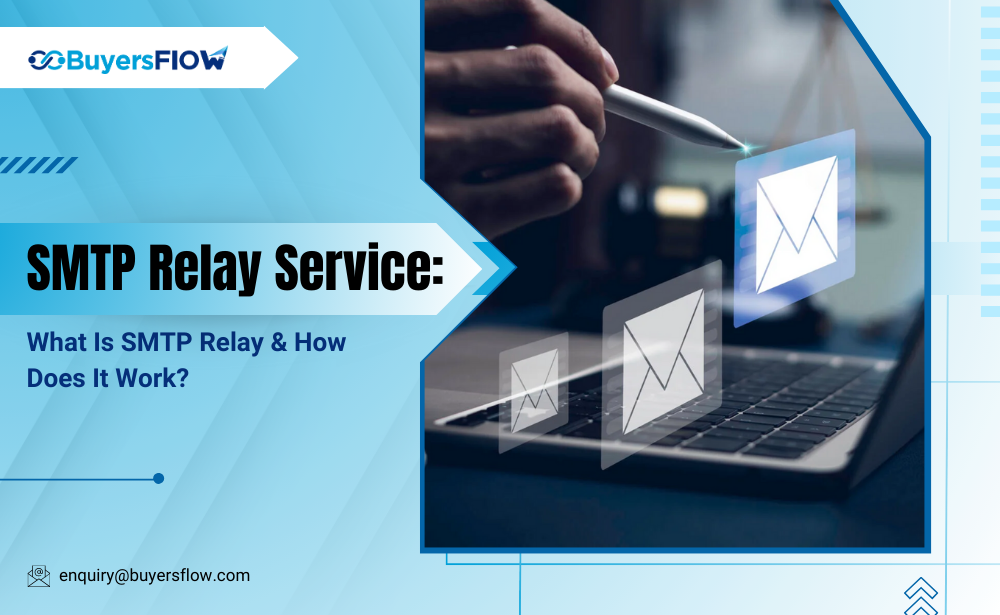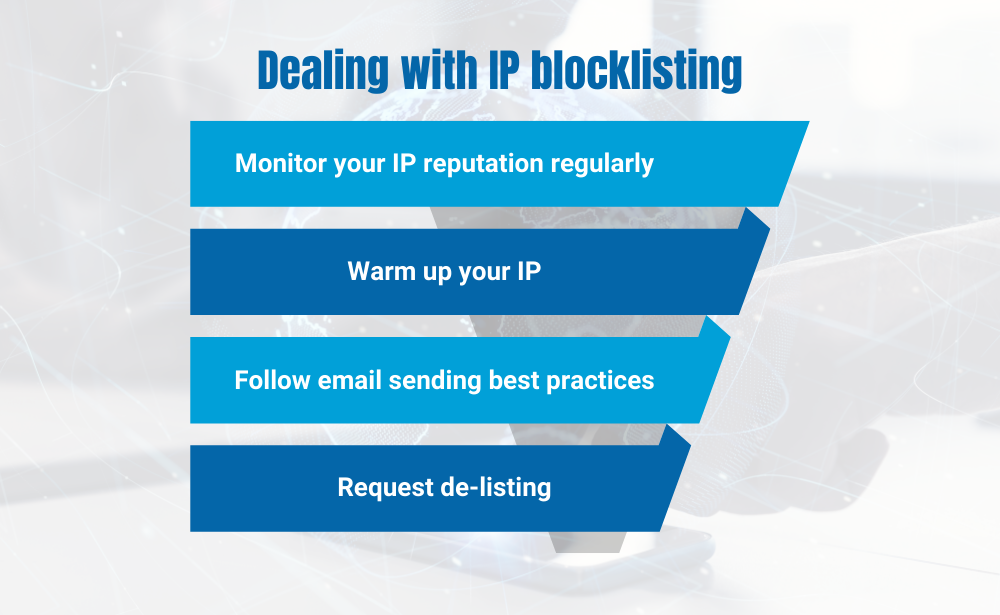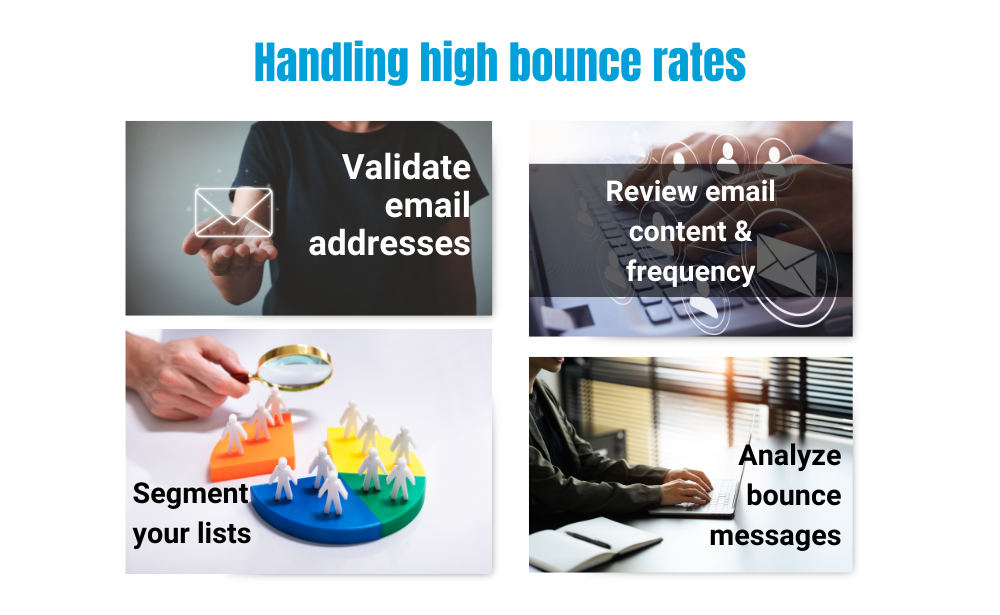Demystifying the Mailroom: Understanding SMTP Relay Services
Ever feel overwhelmed by the logistics of sending bulk emails? Standard email services might not be equipped to handle your marketing campaigns or automated notifications. This is where SMTP relay services step in, acting as your trusted mailroom partner for streamlined email delivery.
What is an SMTP Relay Service?
Imagine a post office dedicated solely to handling large volumes of outgoing mail. An SMTP relay service operates similarly, but for the digital world. It takes over the task of sending your emails, ensuring they reach their destinations efficiently and securely. Unlike your personal email server, which is designed for one-to-one communication, an SMTP relay service is built to handle the high volume and specific needs of bulk email campaigns.
How Does it Work?
Think of email servers as individual post offices. When you use an SMTP relay service, it acts as a central hub. Your email originates from your platform (like your company email server), connects with the SMTP relay service, which then routes it to the recipient’s server for final delivery. This routing process is akin to how a traditional post office sorts and directs mail based on its destination.
What is an authenticated SMTP server?
SMTP authentication, or SMTP AUTH, is an extension that grants clients access to an SMTP server through an identification mechanism. Authenticated SMTP relay is the process of verifying the sender’s credentials before processing and relaying the email.
This process aims to secure your email delivery, as unwanted parties can’t register with an authenticated SMTP relay server.
Open mail relays don’t have the same security requirement and are more prone to misuse. SMTP authentication helps protect your server from getting spammed by malicious emails while allowing you, a trustworthy user, to receive and send emails securely.
How to troubleshoot SMTP relay service issues
Using an SMTP relay service can streamline your email delivery process, but like any technology, you might run into some challenges. Here are some troubleshooting tips for the most common issues such as IP blocklisting, high bounce rates, and delays in email delivery.
Dealing with IP blocklisting
IP blocklisting occurs when your sending IP address is added to a blocklist used by email providers to block spam. This can severely affect your email deliverability. Here’s how to fix it:
-
Monitor your IP reputation regularly
-
Warm up your IP: If you’re using a new IP address, start by sending a small volume of emails and gradually increase the amount. This helps to build a positive sending reputation with ISPs.
-
Follow email sending best practices: Ensure your email lists are clean and up-to-date, avoid spammy content, and use double opt-in methods for subscriber lists to maintain list quality.
-
Request de-listing: If you find your IP address has been blocklisted, contact the blocklist operator and request removal. Be prepared to explain how you’ve remedied the issue that caused the listing.
Handling high bounce rates
Bounce rates can spike due to invalid email addresses, server issues, or aggressive filtering by ISPs. Here’s how to fix it:
-
Validate email addresses: Use email validation services before adding addresses to your mailing list to ensure they are correct and active.
-
Segment your lists: Regularly clean your email list by removing inactive subscribers who do not engage with your emails over a significant period.
-
Review email content and frequency: Ensure your content is relevant and not too frequent to avoid recipient fatigue. Check for triggers that might cause spam filters to block your emails.
-
Analyze bounce messages: Pay attention to the bounce messages you receive as they can provide clues on why emails are not being delivered.
Conclusion
By leveraging an SMTP relay service, you can transform your email sending process from a cumbersome task to a smooth operation. These services ensure your emails reach their destinations reliably, boosting your marketing efforts and fostering stronger communication with your audience. Imagine the efficiency – you can focus on crafting compelling content, while the SMTP relay service handles the behind-the-scenes logistics of getting your message out effectively.








